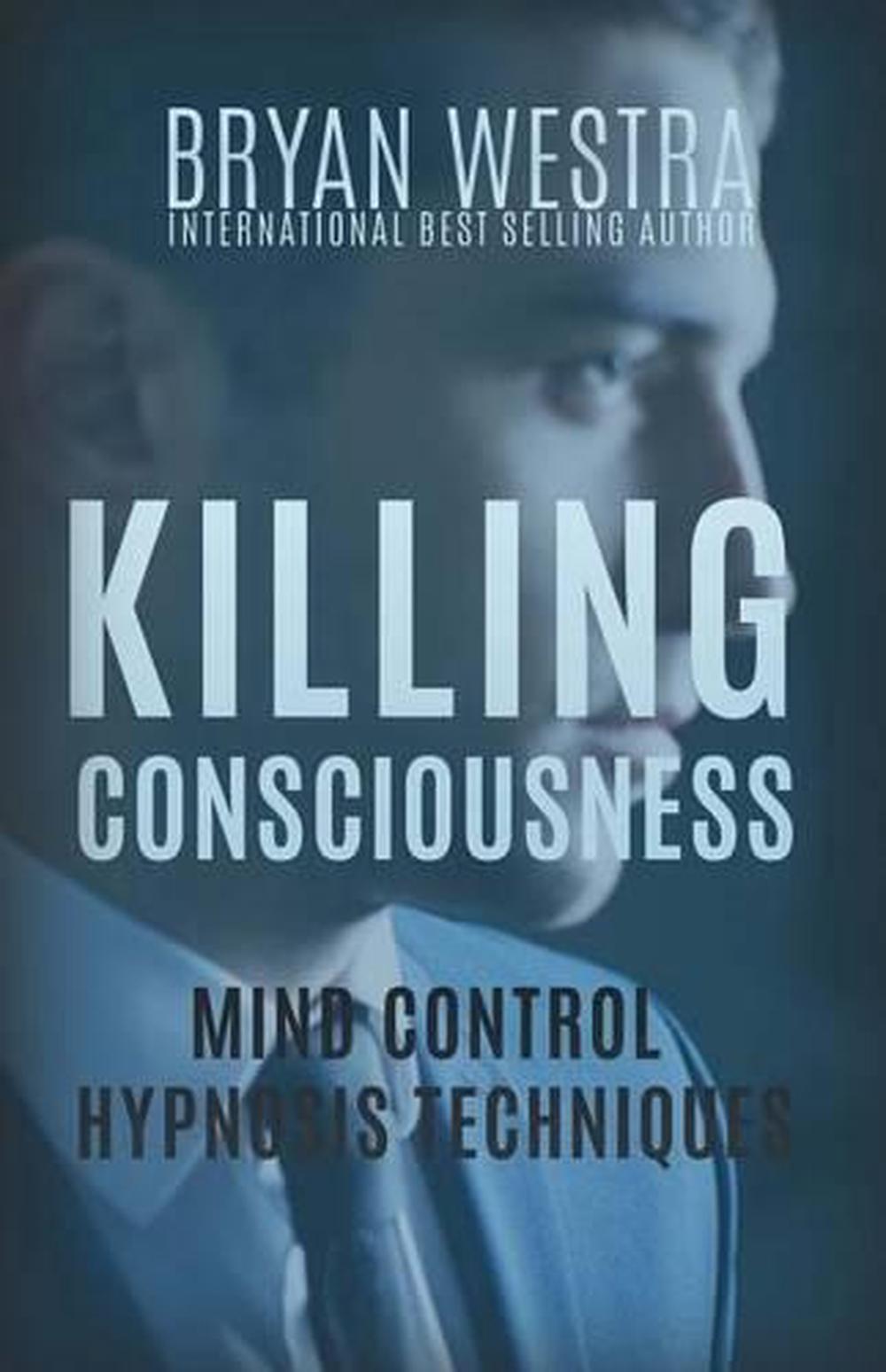

As effective components of a therapeutic process, the factors that stem from being human include the unique personalities of the therapist and the client, their values and their attitude either made consciously or subconsciously. Being a person and a human naturally sometimes may negatively influence the relationship between the therapist and client and result in a relationship going out of the theoretical frame at times. However, the approaches without dynamic/deterministic tendency also take therapist-client relationship into account seriously and stress uniqueness of interaction between two people.

Therapist-client relationship experienced through transference and counter transference, especially in psychodynamic approaches, is accepted as the main aspect of therapeutic process. This relationship is a complicated, wide and unique relationship which develops between two people, where both sides' personality and attitudes inevitably interfere.
#Remote hypnosis bryan westra professional
PsycINFO Database Record (c) 2012 APA, all rights reserved.ĭirectory of Open Access Journals (Sweden)įull Text Available herapeutic relationship is a professional relationship that has been structured based on theoretical props. The study supported a DBT and behavioral model of the therapeutic relationship from the perspective of the treating clinician. Results did not support a modeling hypothesis of the therapeutic relationship.

Results supported three of our four predicted hypotheses of the therapeutic relationship, including the effective use of balancing autonomy and control in the therapeutic relationship, the importance of therapists' maintaining a nonpejorative stance toward the patient, and the use of therapist warmth and autonomy as a contingency for improved intrapsychic outcome. Using hierarchical linear modeling (Raudenbush & Bryk, 2002), we tested four hypotheses of the therapeutic relationship as predicted by DBT and behavioral theory.
#Remote hypnosis bryan westra trial
A total of 14 DBT therapists provided weekly ratings of the therapeutic relationship and patient introject (N=41) during the course of a randomized controlled trial of DBT for the treatment of borderline personality disorder. The purpose of the present study was to examine theory-driven hypotheses of the therapeutic relationship and patient introject in dialectical behavior therapy (DBT Linehan, 1993) for the treatment of borderline personality disorder. Weekly therapist ratings of the therapeutic relationship and patient introject during the course of dialectical behavioral therapy for the treatment of borderline personality disorder.īedics, Jamie D Atkins, David C Comtois, Katherine Anne Linehan, Marsha M To illustrate our point, we present an integrative, relational model in the case of a patient who has been in treatment. From this attunement, the therapist's self-reflection and self-revelation can emerge further, which can lead to the patient's personal growth and increased self-other awareness. This highlights the importance of attunement to the here and now and the evolving therapeutic relationship. Further, self-reflection and self-revelation on the part of the therapist are critical for a more elaborate and nuanced case formulation and for understanding the patient. We believe that a collaboratively constructed case formulation must always be considered in the context of an evolving therapeutic relationship. This article examines the role of the therapist's self-reflection and self-revelation in case formulation. This paper presents part of a larger qualitative study that explored client experiences of therapist self-disclosure and specifically focuses on the therapeutic…Ĭase formulation and the therapeutic relationship: the role of therapist self-reflection and self-revelation. Therapist self-disclosure is gaining empirical attention amidst theoretical discourse and ethical debate, particularly with regards to its influence on the therapeutic relationship.

Therapist Self-Disclosure and the Therapeutic Relationship: A Phenomenological Study from the Client Perspective This paper explains how play therapists position themselves and what they do through an examination of the therapeutic relationship between the therapist and child. Play therapists are increasingly being employed in schools, yet there is confusion among many health, education and social care practitioners about the role of play therapists. What Play Therapists Do within the Therapeutic Relationship of Humanistic/Non-Directive Play Therapy


 0 kommentar(er)
0 kommentar(er)
